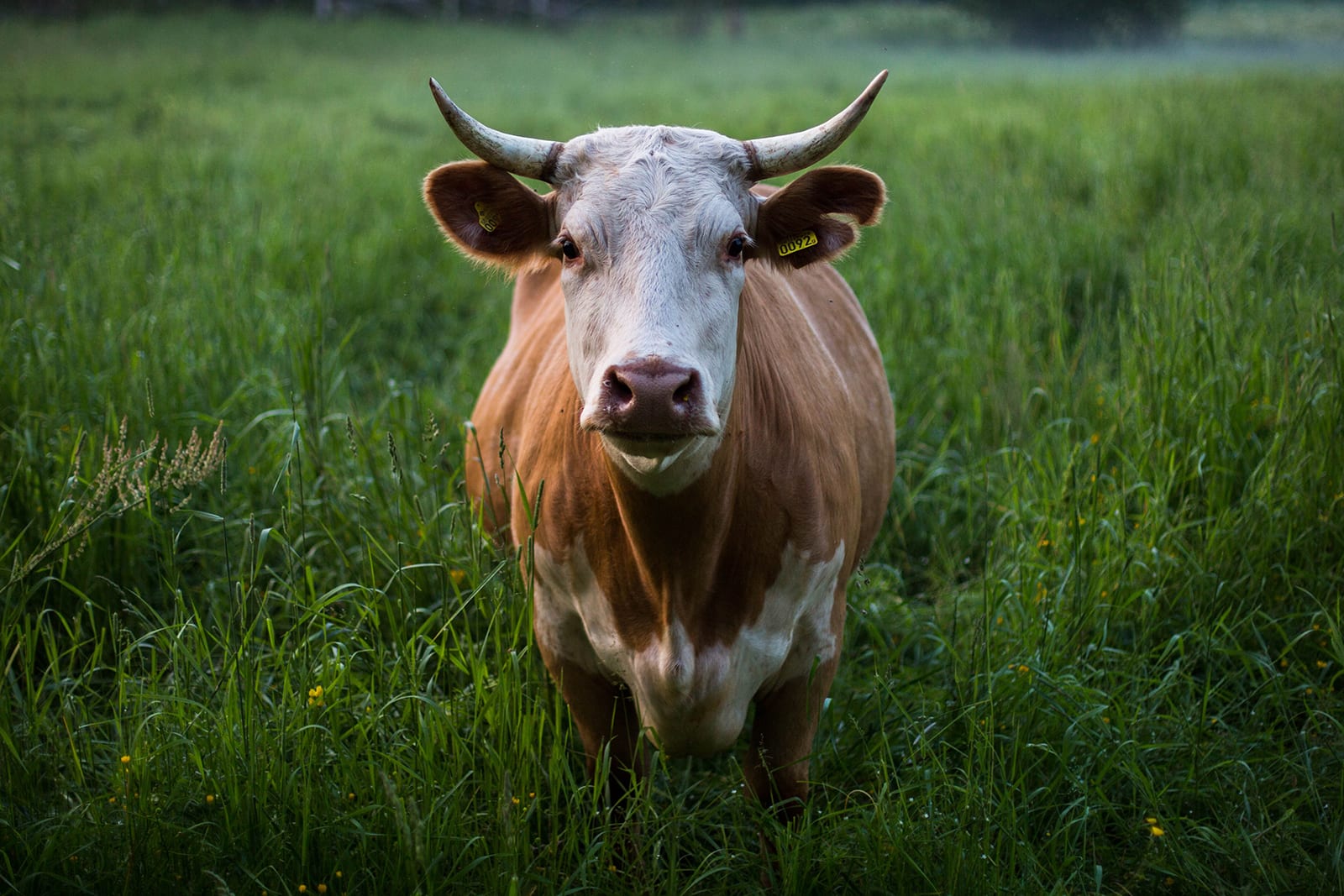Cooking grass-fed beef
This article was originally published in July 2015

You’ll find certified organic, grass-fed beef in all our meat departments. Cattle spend their lives on pastures, creating lean, richly flavored meat with a natural succulence. Grass-fed beef takes about 30 percent less cooking time than grain-fed. The fat present in grain-fed beef acts as insulation, so it’s more forgiving of less precise cooking; if you haven’t cooked grass-fed beef, an instant-read thermometer will help you get a feel for how fast it cooks.
For steaks
When pan-frying a steak, preheat an oiled pan to get a well-seared crust. Use a similar technique when grilling, brushing both meat and grates with oil. Cook to five degrees less than your desired doneness, then rest the steak under a loose sheet of foil for five minutes.
For burgers
Just like for steaks, oil the pan or grates before cooking a grass-fed burger. For extra moisture, add ingredients like chopped shallots or bacon to the patty.
For dry roasting
Choose brisket, rump roast or top sirloin, and reduce the cooking temperature of your recipes for grain-fed beef by 50° F. The cooking time will still be shorter, which can help holiday meals come together more easily.
For braises
Chuck roast, sirloin tip or stew meat is the way to go. For a wonderful degree of tenderness, go as low ’n’ slow as possible, whether you’re using your oven, stovetop or slow cooker.
Know your temperature
The USDA recommends cooking all ground beef to 160° F and steaks, chops and roasts to 145° F with a three-minute rest.
RARE: 125°F Center is bright red
MEDIUM-RARE: 135°F Center is very pink
MEDIUM: 145°F Center is light pink
MEDIUM-WELL: 150°F Light brown throughout
WELL-DONE: 160°F Brown throughout
